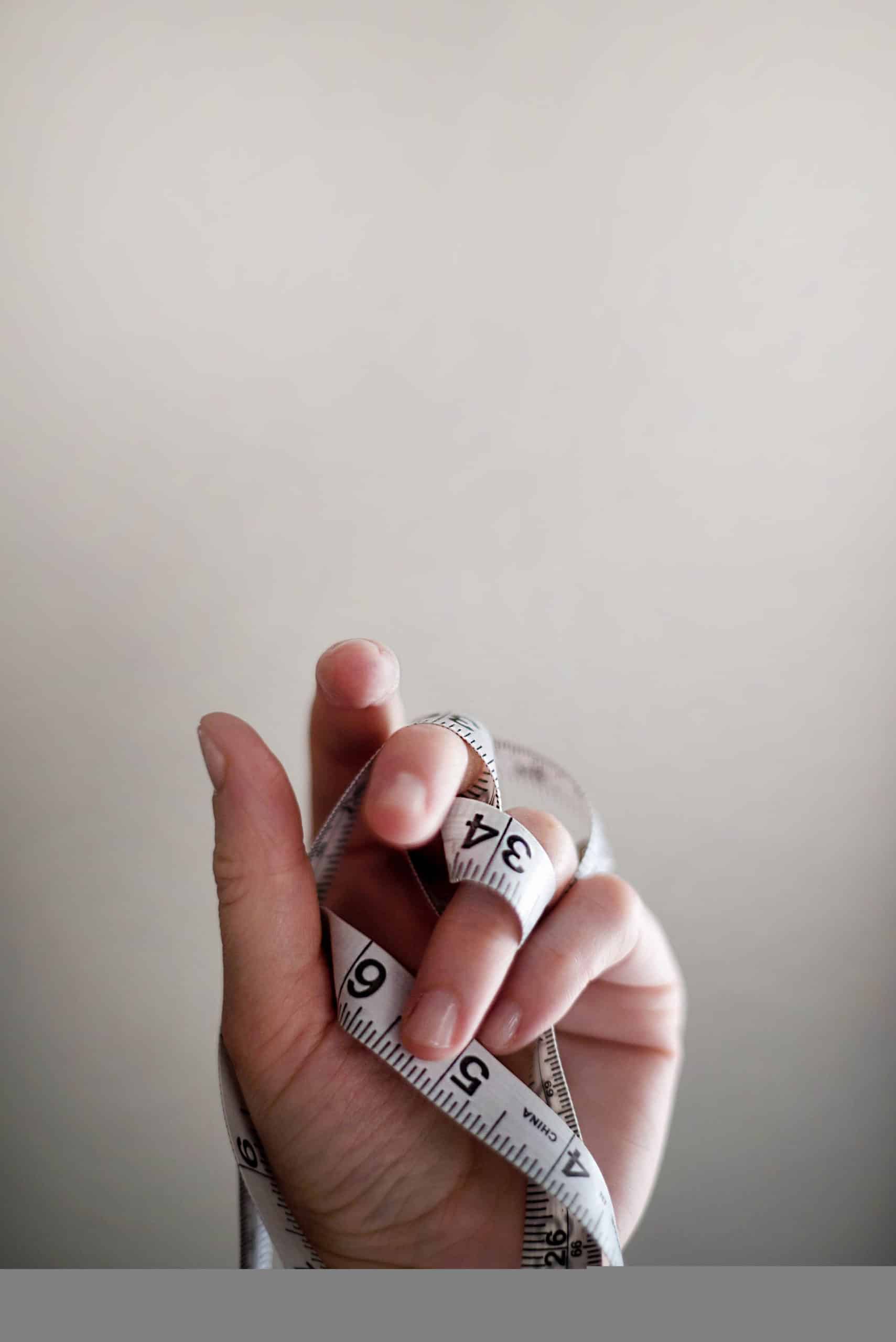
Have you ever been to your doctor’s office and been told you need to eat less and exercise more because the doctor said you were “overweight”? In this day of age, many women strive for health by staying active, meaning they exercise more than 150 minutes each week, and strive to eat a balanced diet. Most leave thinking how much more can I do? What is wrong with me? What makes my doctor think I am overweight?
As a dietitian in a women’s health setting, I regularly counsel women based on current weight, desired weight, as well as what they should weigh. Each poses a unique answer.
Women themselves often use body weight as an indicator of health, as well as do medical providers, insurance companies and physical education/health teachers. Body mass index is a commonly calculated equation. Body mass index (BMI) uses height and weight to calculate whether a person is underweight, of normal weight, overweight or obese. BMI is used the most in medical offices because it is quick, easy and inexpensive. The following equation will help you calculate your BMI: Weight (lbs.) / [height (in.)2] x 703. A woman is considered underweight if her BMI is less than 18.5, of normal weight if less than 25, overweight if greater than 25, but less than 30 and obese if her BMI calculation is greater than 30. Even though it is used in most medical offices, the measurement of BMI also has its faults.
It is best to remember that BMI is just a one-dimensional number. As much as it is used as an indicator of health, as we all know, no one human is like another, therefore we should remember one number cannot completely classify our health. Just because someone has a BMI greater than 25, this does not indicate that they are unhealthy, just as someone with a BMI less than 25 does not indicate that they are healthy. It should also be noted that BMI is not an indicator of physical fitness, strength, or endurance. I do calculate BMI in my office; however, I focus more on a collaboration of body fat percentage, girth measurements, and recent weight change.
Body fat percentage calculates the percent (0-100%) of a body that is made of fat. It also shows lean body weight, hydration status, basal metabolic rate, and liters of water currently held on the body. A healthy body fat percentage for women is less than thirty-two percent. Body fat percentage is calculated using skin calipers, bioelectrical impedance, dual-energy x-ray absorptiometry (DEXA) or underwater weighing. At the Couri Center, we offer body fat percentage reading by bio impedance analysis. A bio impedance analysis works by sending a small electrical impulse through electrodes placed on one’s hands and feet. The time that it takes this electrical impulse to travel through the body is then converted to pounds and percent fat. This impulse will travel more quickly through a person with greater muscle because muscle is mostly made of water and water is a great conductor of electricity. On the reverse, the impulse will travel more slowly through someone with a higher fat mass. Body fat percentage measurements are limited because they are either not offered, are costly, and require highly educated and trained personnel to administer and read. A woman with a normal body fat percentage may very well have an overweight or obese BMI. BMI does not take into consideration the density of muscle mass.
Girth measurements are a quick, easy and an inexpensive form of measurement. The World Health Organization recommends using a waist-to-hip ratio as a predictor of health. Waist-to-hip ratio is measured by dividing the waist measurement by the hip measurement. The optimal solution for women is less than 0.85. Non-profit groups like the American Heart Association, National Heart, Lung and Blood Institute and International Diabetes Federation prefer using waist circumference as a predictor of health. The optimal measurement for women is less than 88cm. Girth measurements are very hard to standardize because it is very difficult for various practitioners to consistently measure the exact same spot of the body.
What is the best answer? How can you tell if you are underweight, overweight, obese, or just right? My typical answer is ignore the numbers. Yes, these numbers are used as predictors of health, but they do not determine our health. If you are an active, strong, female who tries to eat a wide variety of nutrients and have very little or no labs outside normal limits, stop worrying about your weight. Live. Enjoy life.
However, if you have recently been diagnosed with a chronic disease like diabetes or heart disease, or struggle with laboratory management, many times the first recommendation from your doctor is to “lose weight.” Just losing weight does not guarantee your disease or health will improve. Instead of focusing on limiting calories, please focus on increasing your nutrient consumption through whole foods.
Weight is a number. I cannot stress how many times a week I meet with women who are skinny and not healthy, as well as women who are a little heavier than wanted, but super healthy. When did we start ranking the number on a scale as more important than our overall health?
If you are interested in having your BMI, body fat percentage or girth measurements taken, as well as evaluated, I encouraged you to look into our TLC™: Total Lifestyle by Couri Integrative Consult. This one-hour consultation will take these markers, as well as food sensitivity, hormone and expanded metabolic panels into consideration to show your current health status as well as show how you can improve your health through integrative measures.
Please stand up for your health. Do not be that person that depends on the scale to determine your happiness every morning. Life is so much more than a number.
Leslie Rusch-Bayer
